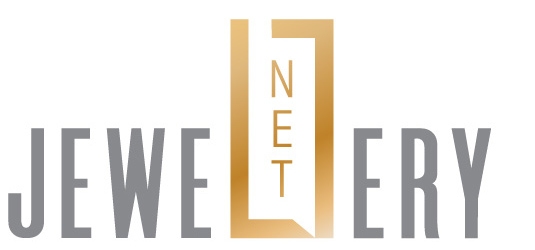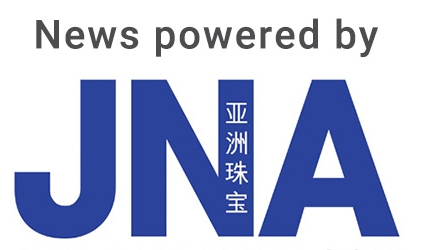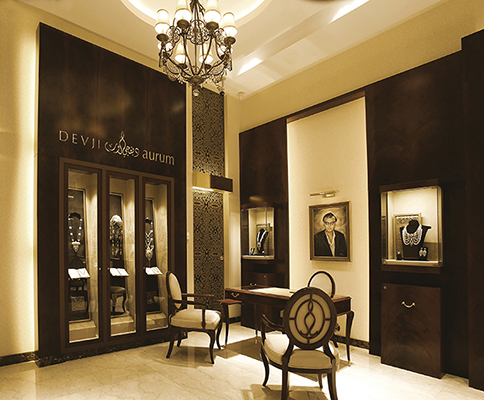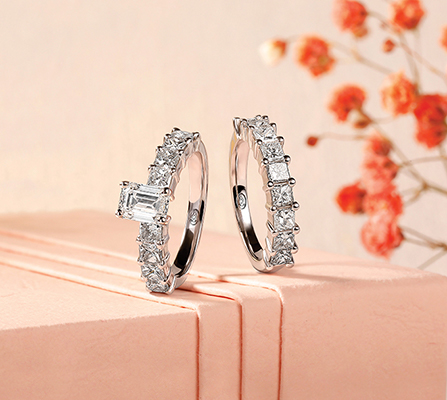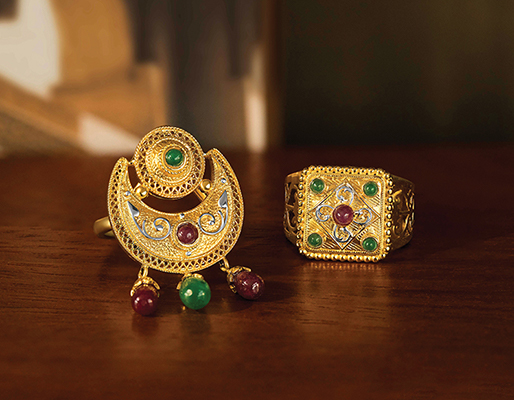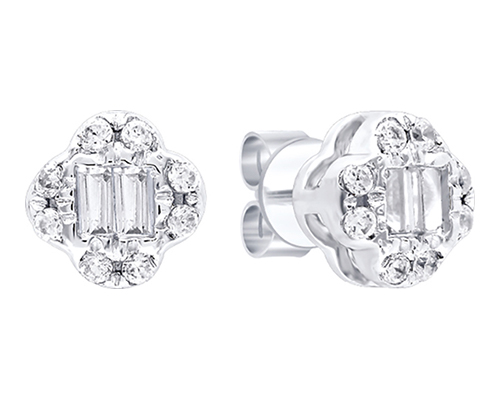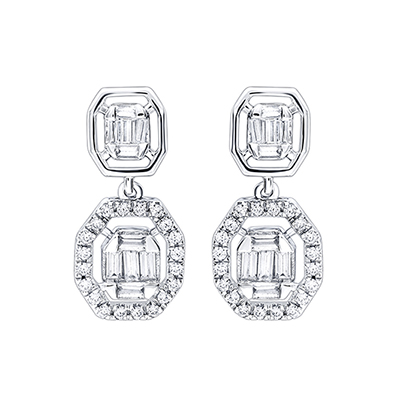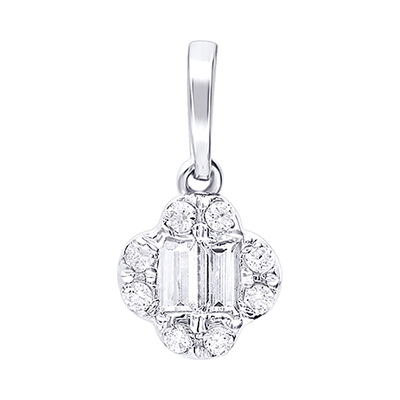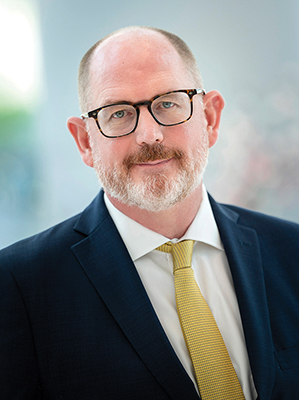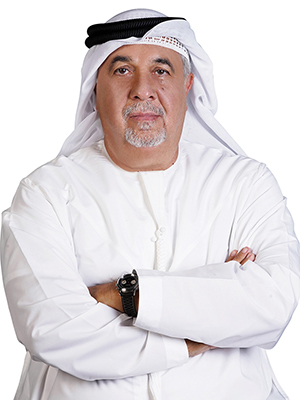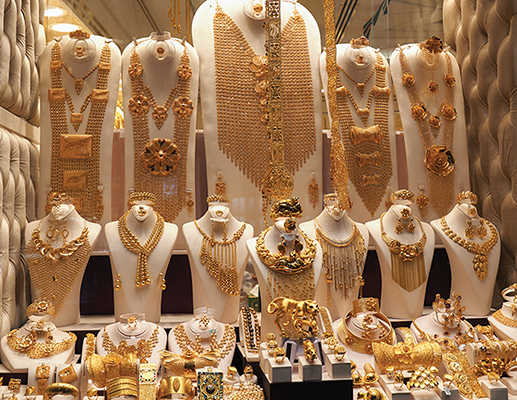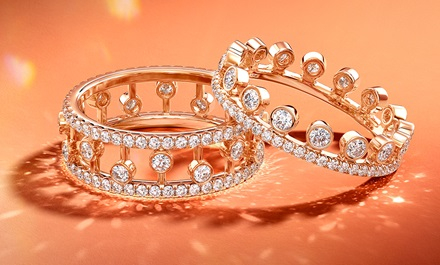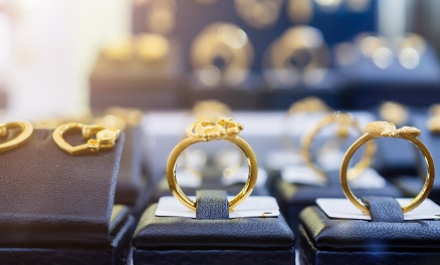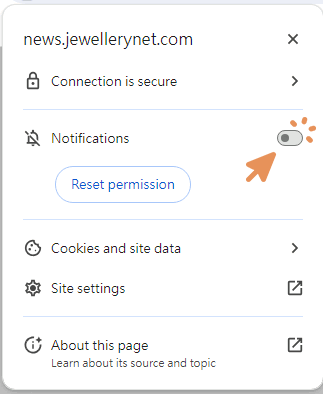With market-diversification initiatives figuring prominently in growth strategies in a post-lockdown world, JNA looks at business prospects in the Middle East and Africa that offer valuable opportunities for the international jewellery trade.
With the international gem and jewellery sector moving towards recovery as pandemic restrictions ease up, industry players are seeking new revenue streams for sustained development. Many worked the downturn of 2020 to their advantage by exploring new technology and concepts to bring their business to the next level. New markets are an integral part of the strategy, and the Middle East is a region that often comes up in the conversation.
Much of the activity in this bustling market is centred on Dubai in the United Arab Emirates (UAE). The city is a shining oasis of modernity, creativity and innovation. And this extends to its gem and jewellery sector, which offers manifold wholesale and retail business prospects.
The UAE is a very fast-moving and commercially minded country bent on facilitating trade and connecting buyers and sellers, noted Martin Leake, special advisor – Precious Stones of DMCC or the Dubai Multi Commodities Centre. Mandated to diversify Dubai’s economy, DMCC was established in 2002 to enhance commodity trade flows through the city.
Leake said, “Dubai is a major jewellery trading hub. It is connected to 65 per cent of the world’s population within an eight-hour direct flight, thereby offering companies tremendous business opportunities. We aim to grow the gold, precious stones, diamond and jewellery sectors, which currently represent around 27 per cent of the GDP (Gross Domestic Product) of the UAE.”
Golden opportunities
A study by QYResearch Group in June 2021 valued the UAE gold jewellery, gold bars and silver market at US$2.3 billion in 2020. This is expected to be worth close to US$3.6 billion by the end of 2030, with a compound annual growth rate of 3.66 per cent from 2021 to 2030.
The World Gold Council (WGC) also cited the Middle East among the drivers of growth in gold jewellery demand in the third quarter of this year, along with China and India.
“All markets across the Middle East witnessed year-on-year growth in the third quarter, due to lower and relatively stable gold prices and the easing of Covid-19 restrictions,” WGC noted.
Gold jewellery demand in the UAE grew 116 per cent to 8.2 tonnes during this period, compared to 3.8 tonnes in Q3 last year. Improving tourist arrivals, particularly from India, helped boost demand, the council added.
Dubai’s annual consumption of jewellery ranges from around 200 to 220 tonnes, according to Tawhid Abdullah, chairman of the Dubai Gold & Jewellery Group (DGJG) and CEO of jewellery wholesaler and retail brand Jawhara. DGJG is the city’s largest jewellery trade body with around 600 companies representing all sectors of the industry.
Local production comes up to around 60 to 70 tonnes, he noted. “We work on volume and thus have very small margins, allowing us to keep prices down. Our jewellery stores and chains have pieces with just 4 per cent to 10-15 per cent markup, which cannot be matched anywhere else,” Abdullah commented.
Dubai also functions as a major hub for gem and jewellery deliveries to other GCC (Gulf Cooperation Council) countries, including Saudi Arabia, Qatar, Bahrain, Oman and Kuwait; the wider Middle East region; North, Central and South Africa; Central Asia; southern Europe and Russia.
The city’s main jewellery suppliers include Italy, India, Indonesia, Malaysia and Turkey.
Italian jewellery manufacturers in Arezzo export more than 25 per cent of their production to Dubai, from where these make their way to neighbouring markets and those further afield, said Giordana Giordini, partner of Italian jewellery manufacturer Giordini srl and president of the jewellers of trade organisation Confindustria Arezzo.
The Middle East takes in around 40 per cent of jewellery exports from India, according to the Gem & Jewellery Export Promotion Council.
And figures from the Jewellery Exporters’ Association of Turkey (JTR) show that a quarter of the country’s total jewellery exports from January to September 2021 or US$987 million worth of products headed to the Middle East. Jewellery exports to Iraq ballooned 400 per cent, while silver jewellery deliveries to Egypt recorded a 360 per cent increase to US$13.4 million, compared to the same period in 2019.
Turkish exports of gold jewellery and diamond jewellery to the Middle East grew by 157 per cent during this period, compared to the first nine months of 2019, according to JTR data.
Retail spend
In its Jewellery in the United Arab Emirates report this July, Euromonitor International noted that Emiratis diverted their luxury jewellery purchases – usually occurring in Europe – to local and international brands in their own country last year, making up somewhat for lost tourist retail in the second half of 2020.
The UAE opened up faster than the rest of the world and the resumption of local, regional and international activity further boosted consumption. Favourable gold prices in the first half of 2021 also helped drive demand.
“Thanks largely to the return of weddings, fine jewellery is expected to register higher current value growth than costume jewellery in 2021, but by 2022, both are expected to register single-digit growth rates close to each other. Even though the UAE had a very rapid uptake in vaccinations, wedding venues have continued to be strictly restricted while this is a country known for its big weddings where gold and ostentatious jewellery plays a big role,” declared Euromonitor.
DGJG’s Abdullah believes Dubai’s jewellery consumption in 2021 would remain at some 200 tonnes given significant jewellery exports, especially to the Gulf countries, and the return of tourist traffic.
Retail jewellery brand Devji Aurum Design House & Studio also saw demand rebound this year, following a soft 2020, said company director Mahesh Devji. The brand has eight stores in Bahrain, three in the UAE (Dubai), four in Oman and two in India.
“Given precautions against social gatherings, the bulk of jewellery demand up until a few months ago focused largely on essentials, items for gifting and significant pieces for life occasions such as weddings and anniversaries. This trend is likely to continue until travel returns to normal,” Devji shared. “At present, fine jewellery for daily wear are much sought after. Demand for statement pieces picked up in the last six months as well.”
During the downtime afforded by the pandemic, Devji Aurum expanded its creations in various design categories, from bridal and fashion to its signature line, Ruhi. It also strengthened its brand positioning, opening the first House of Devji concept store with all the company’s brands in Bahrain this year. It plans to open similar concepts in other countries too.
Tourism and events buoy jewellery demand in the Gulf region. Expo Dubai 2020, from October 2021 through March 2022, is bringing in visitors from around the world, eager to take in the sights and partake of retail offerings. Devji anticipates an uptrend in sales of daily-wear and statement jewellery in Dubai on the back of tourist arrivals for the Expo.
Other international events such as the FIFA World Cup 2022 in Qatar will likewise boost retail activity for luxury goods, including jewellery.
Evolving preferences
While the Gulf region is generally partial to gold jewellery, demand for diamond jewellery and coloured gemstones is on the rise, noted Ashish Garg, head of Sales & Marketing at KGK Diamonds & Jewellery, jewellery conglomerate KGK Group's marketing arm in the Middle East. The company focuses on the B2B trade of loose diamonds, diamond jewellery, loose coloured gemstones and jewellery, and unbranded jewellery in the Gulf region, the Middle East as well as North Africa.
“Progressively over the years, retailers in the GCC countries are realising that diamond jewellery offers good margins. A lot of consumers are shifting from gold jewellery to diamond jewellery. We offered our B2B partners products that were more affordable, fashionable and viable alternatives to gold jewellery pieces. So we identified the need, provided the product and brought these to our retail partners for them to grow their business,” Garg explained.
The market for loose coloured gemstones and jewellery is likewise enjoying a post-lockdown boost as consumers gravitate towards vibrancy, colour and flair after the sombre disruptions of the pandemic.
Certified diamonds are also gaining ground in the GCC market, Garg maintained, noting that meeting the requirements for luxury goods of affluent Gulf consumers would ensure success in the market.
Garg added, “KGK believes in going deep in the market and understanding the consumers rather than just our retail and wholesale partners. We try to understand what the consumer needs, bring in those products and propose them to our retail partners. I recommend suppliers seeking to tap the Middle East market to understand consumer needs and align their product to the market rather than just selling what they produce.”
KGK has been operating in the Middle East for some 24 years now and truly believes in the potential and growth of the market, said KGK Group Vice Chairman Sanjay Kothari.
“Wholesalers from Russia, CIS and Africa predominantly source gold and jewellery from Dubai, but we also offer our diamonds and diamond jewellery for their consideration. We expect industry buyers from these regions with a passion for diamonds and fine jewellery to welcome our product lines with open arms,” he said.
Kothari also points to a shift in consumer demand for seemingly high-end yet affordable diamond jewellery pieces with stylish designs.
Abdullah agrees. Consumer tastes in the GCC are rapidly evolving, he notes, citing the growing preference among a younger generation of consumers for smaller and trendy jewellery pieces.
He said, “The Gulf has a very young population – around 65 per cent are younger than 25 years old. The charming women of the Gulf have started asking for smaller, finer and trendy jewellery pieces. They are abandoning the big and bulky designs, long necklaces and heavy pieces in favour of on-trend jewellery.”
Interestingly, what jewellers lose on item weight from this trend, they make up for through volume. Consumers may be buying smaller jewellery pieces but do so more often to keep up with the latest fashion trends, the DGJG official remarked.
“We now have to roll out new collections four to five times a year to keep up with market demand for fresh items. This enables us to sell more jewellery pieces and produce more designs regularly. Even though we lose metal weight due to the smaller sizes of the jewellery pieces, the sales process has become easier,” Abdullah disclosed.
Potential from Africa
Africa is another market showing great promise to the jewellery trade in Europe and the Middle East.
Arezzo is training its sights on Africa this year and the next, declared Giordini. She revealed that Italian jewellery manufacturers invested in technology during the pandemic to enhance the production of lightweight jewellery pieces with voluminous looks catering to the African market.
“We are developing the right products for the market. North Africa already delivers results for us. The next step is tapping new customers in Central and South Africa,” Giordini remarked.
Countries such as Nigeria and Senegal are also growing in significance for Dubai, particularly in the value-added supply chain, Abdullah disclosed. These nations bring their gold to Dubai for production into jewellery, which is then exported to African markets.
In terms of jewellery, shiny, colourful and bigger items would generally be well-received by consumers in these countries, he noted.
“While some business from North Africa has shifted from the UAE to other production centres like Turkey, there has been substantial business inflows from Central Africa in the last few months,” Abdullah said.
